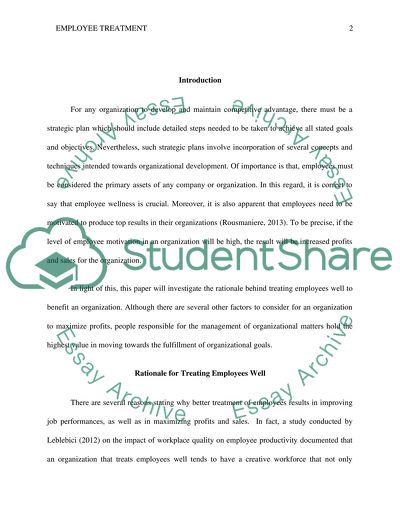Cite this document
(“How Treating Employees Well Impacts Profits and Sales Research Paper”, n.d.)
How Treating Employees Well Impacts Profits and Sales Research Paper. Retrieved from https://studentshare.org/human-resources/1482187-how-treating-employees-well-impacts-profits-sales
How Treating Employees Well Impacts Profits and Sales Research Paper. Retrieved from https://studentshare.org/human-resources/1482187-how-treating-employees-well-impacts-profits-sales
(How Treating Employees Well Impacts Profits and Sales Research Paper)
How Treating Employees Well Impacts Profits and Sales Research Paper. https://studentshare.org/human-resources/1482187-how-treating-employees-well-impacts-profits-sales.
How Treating Employees Well Impacts Profits and Sales Research Paper. https://studentshare.org/human-resources/1482187-how-treating-employees-well-impacts-profits-sales.
“How Treating Employees Well Impacts Profits and Sales Research Paper”, n.d. https://studentshare.org/human-resources/1482187-how-treating-employees-well-impacts-profits-sales.


